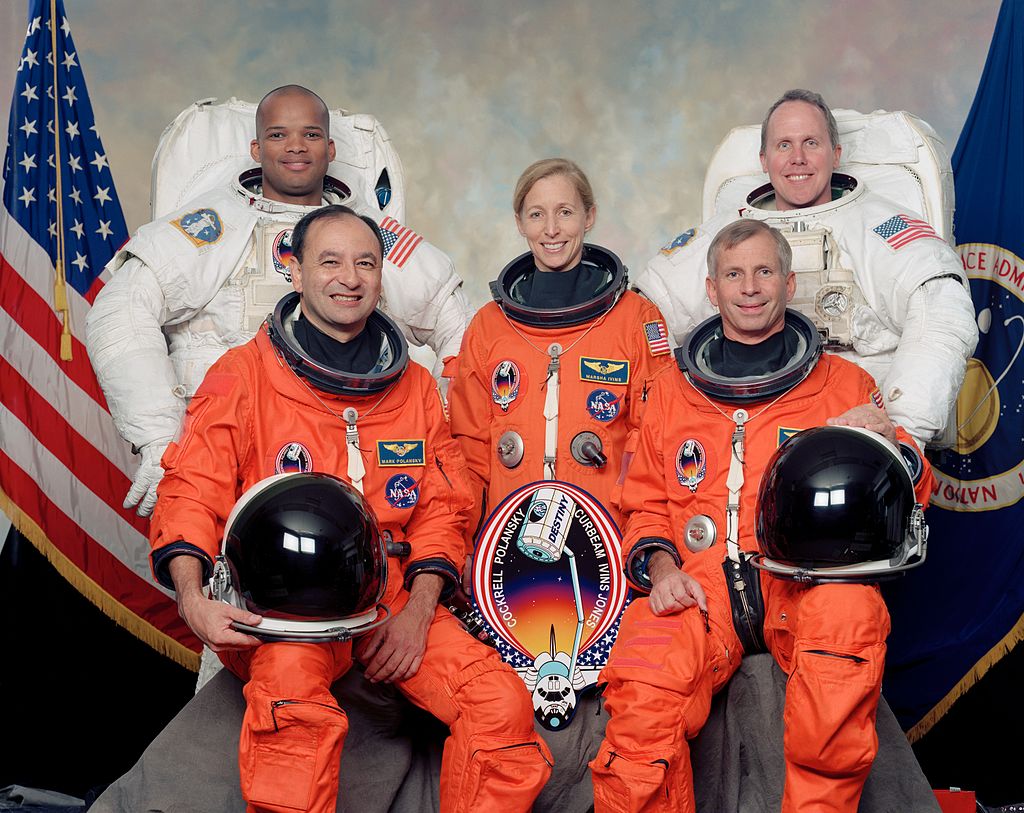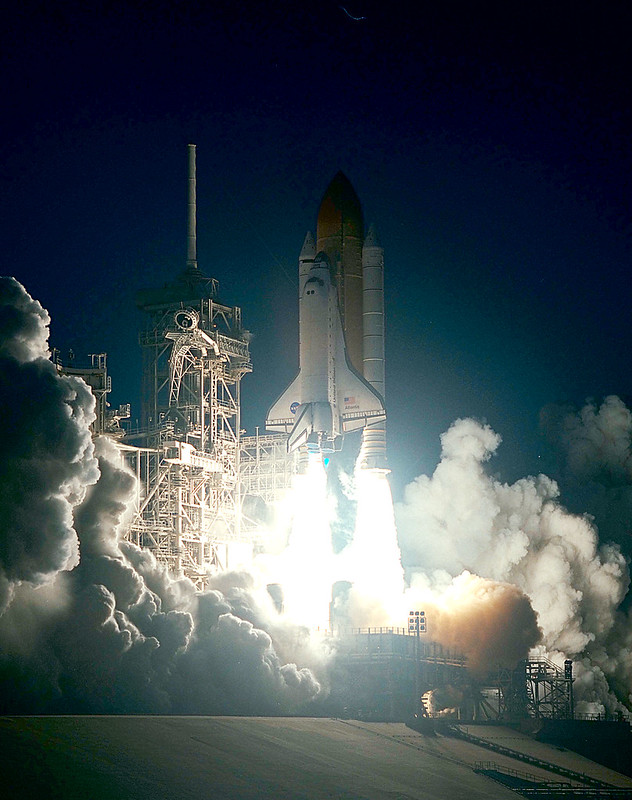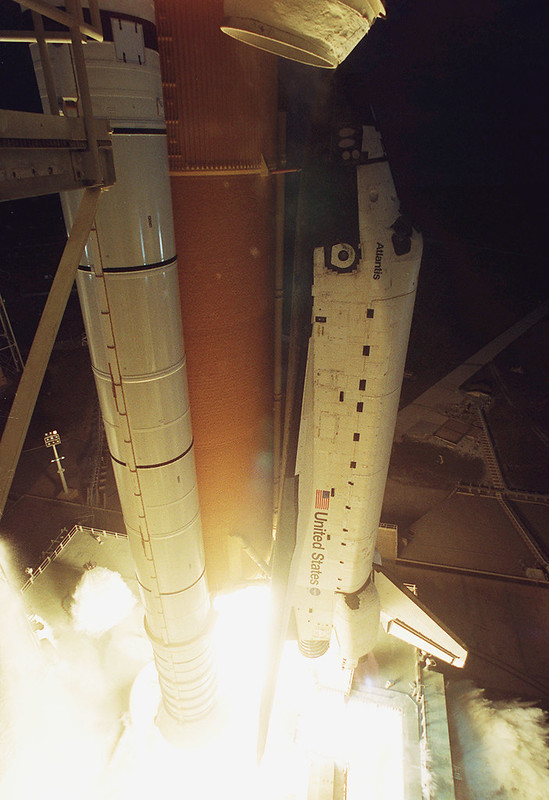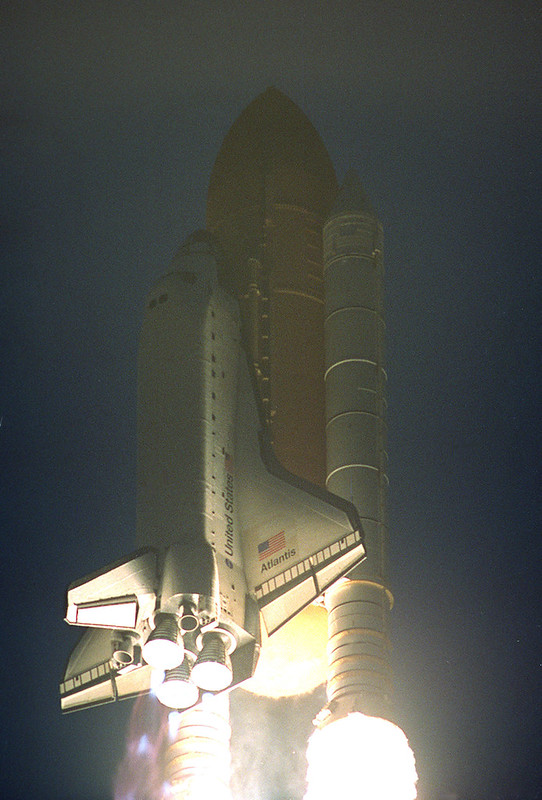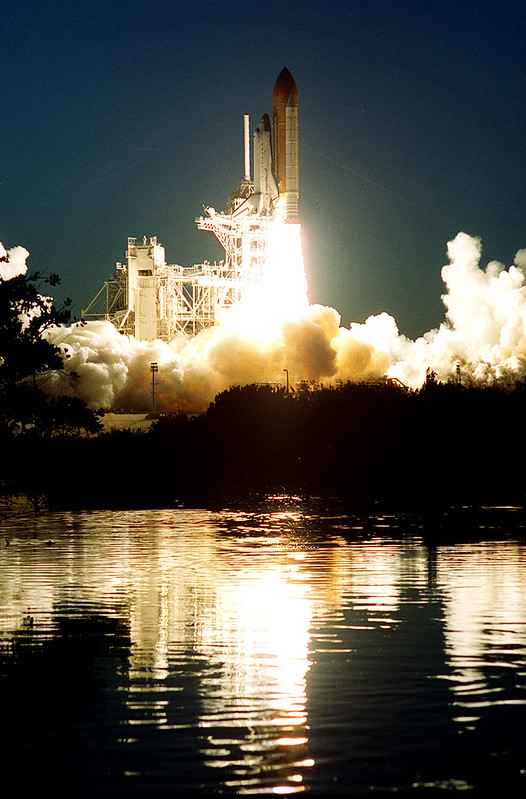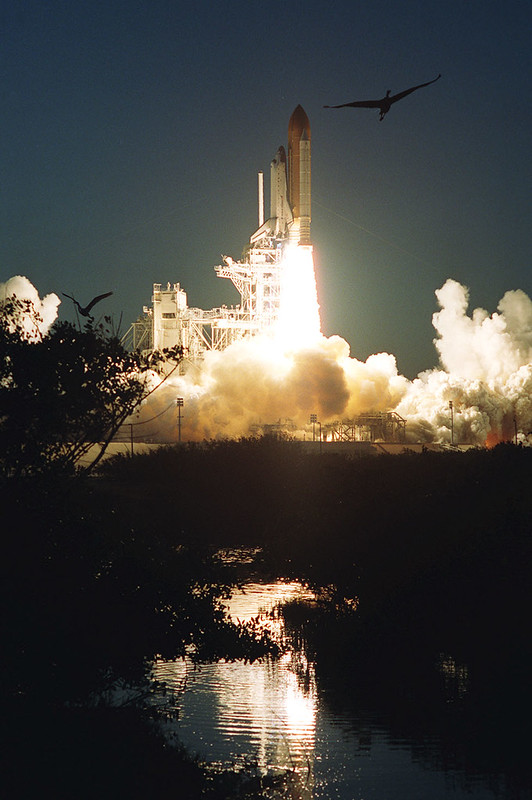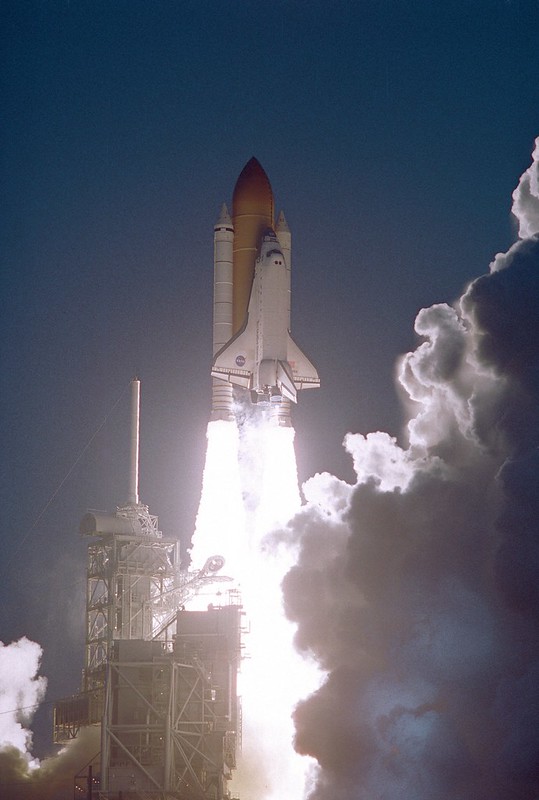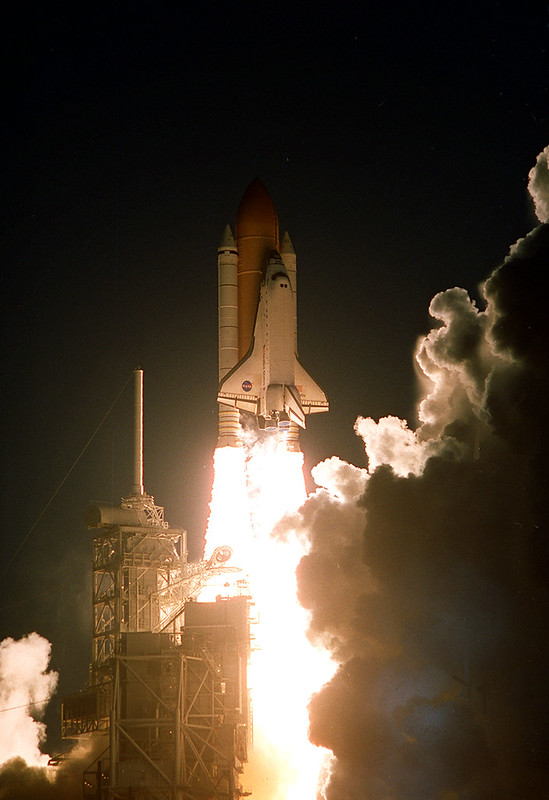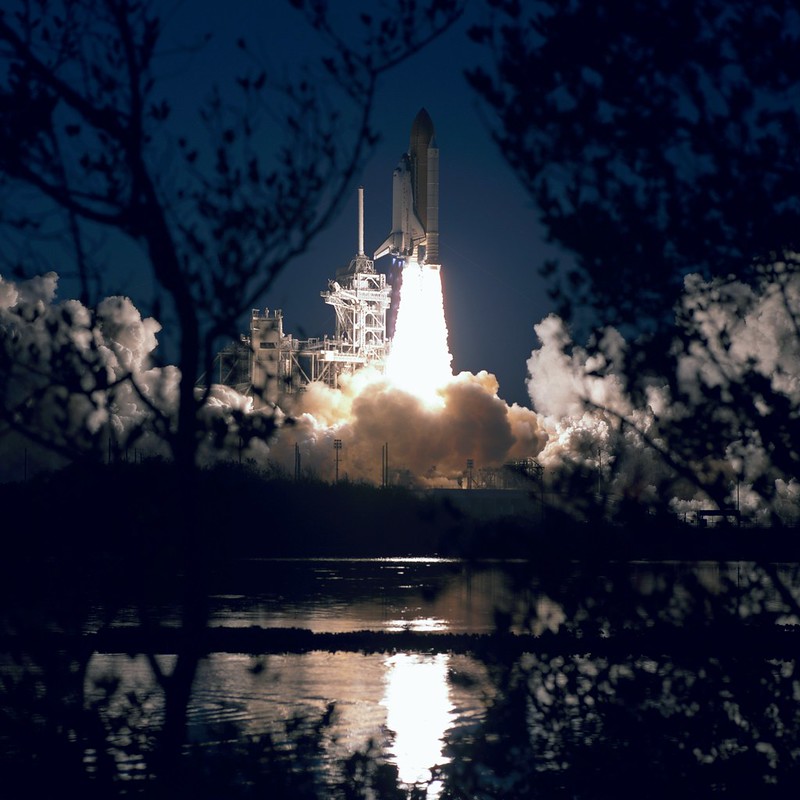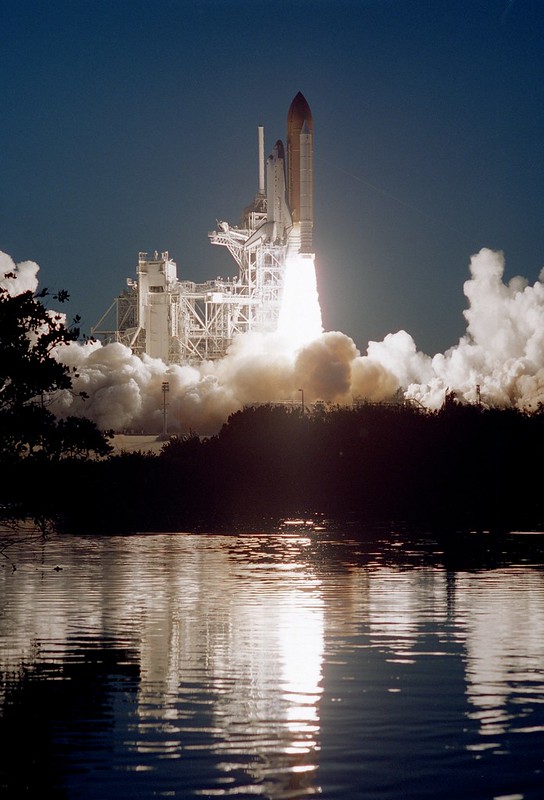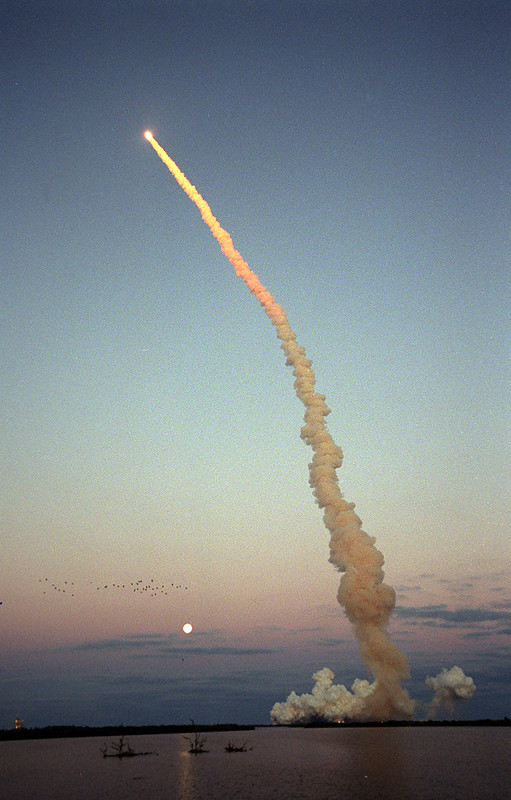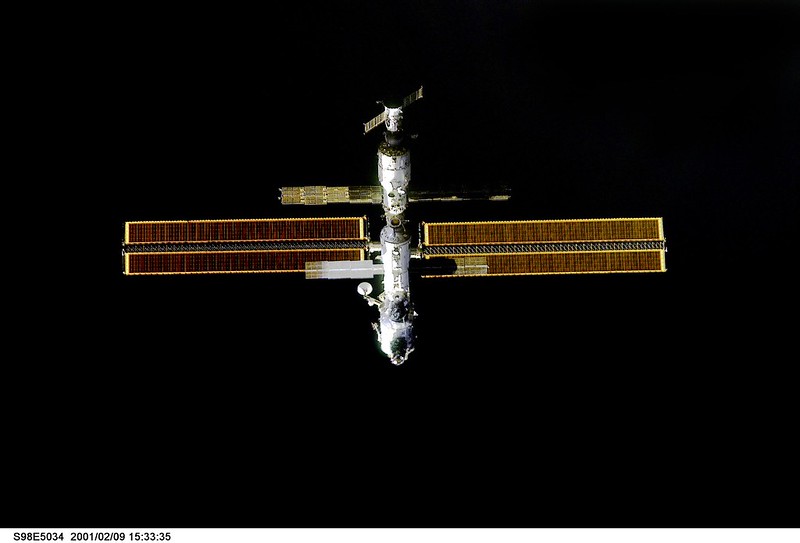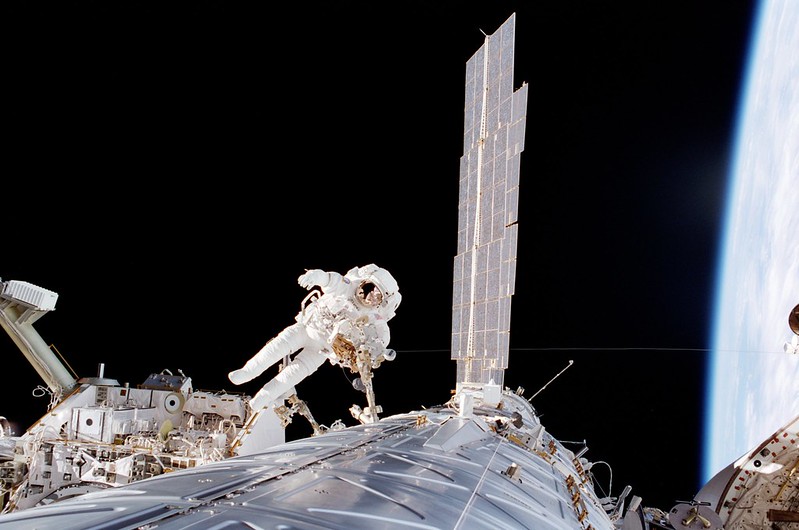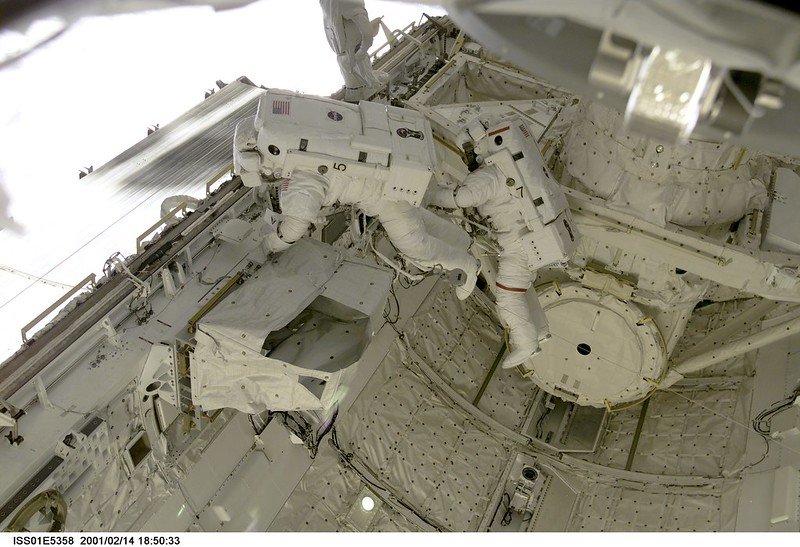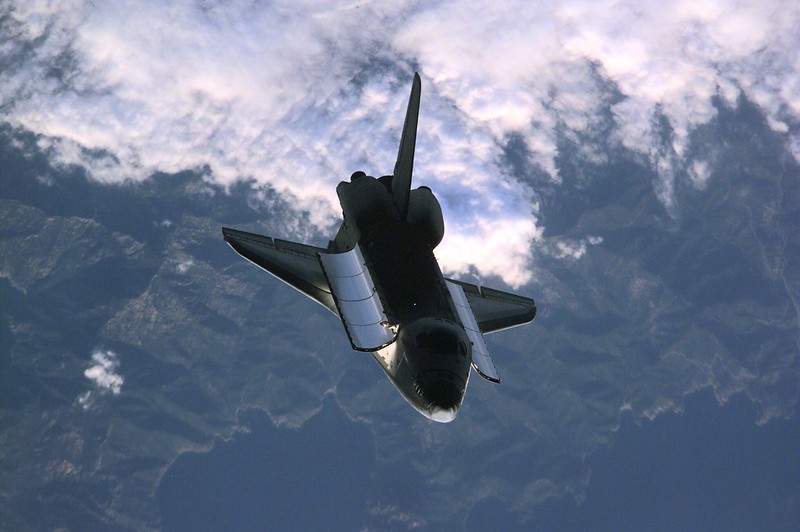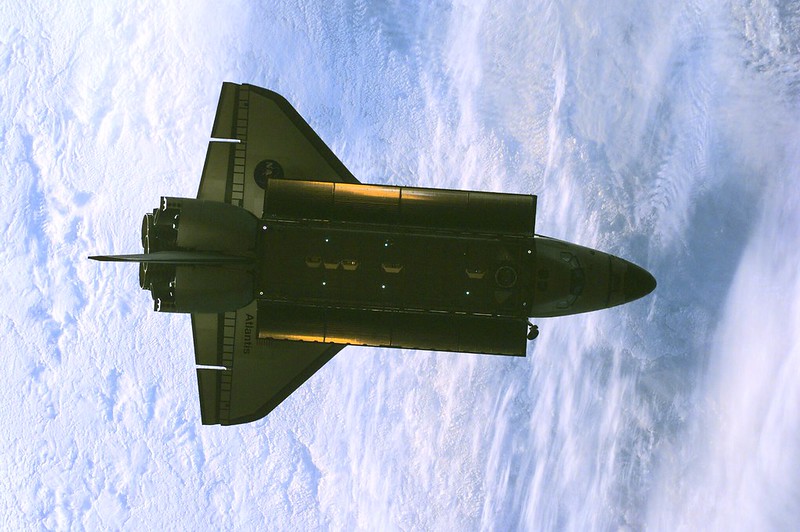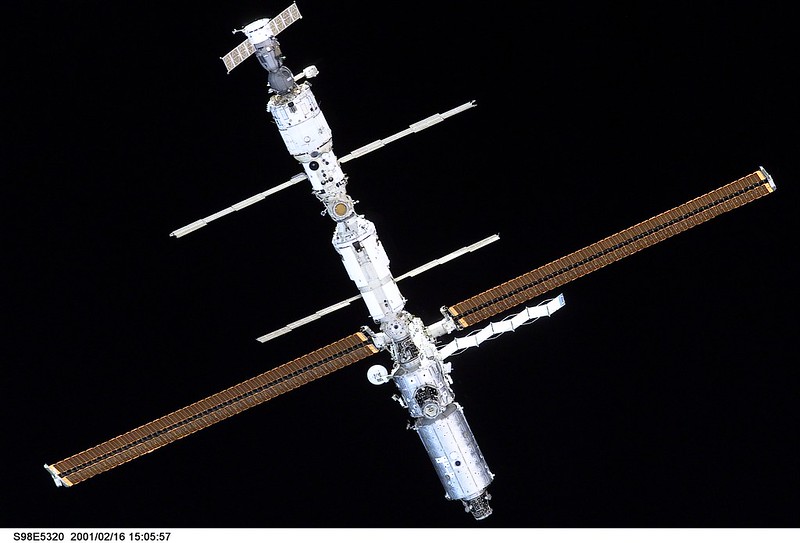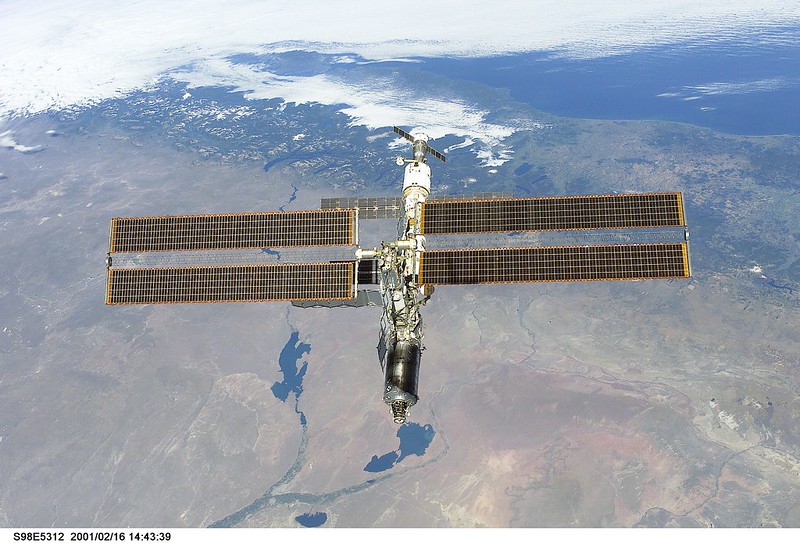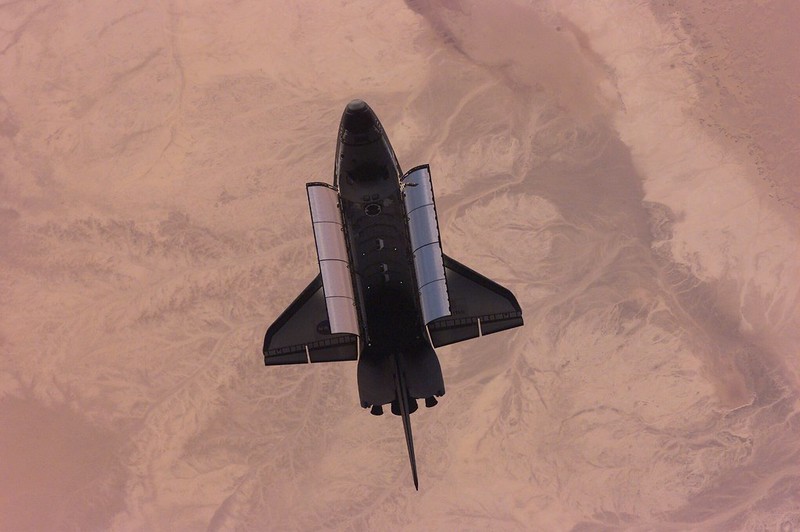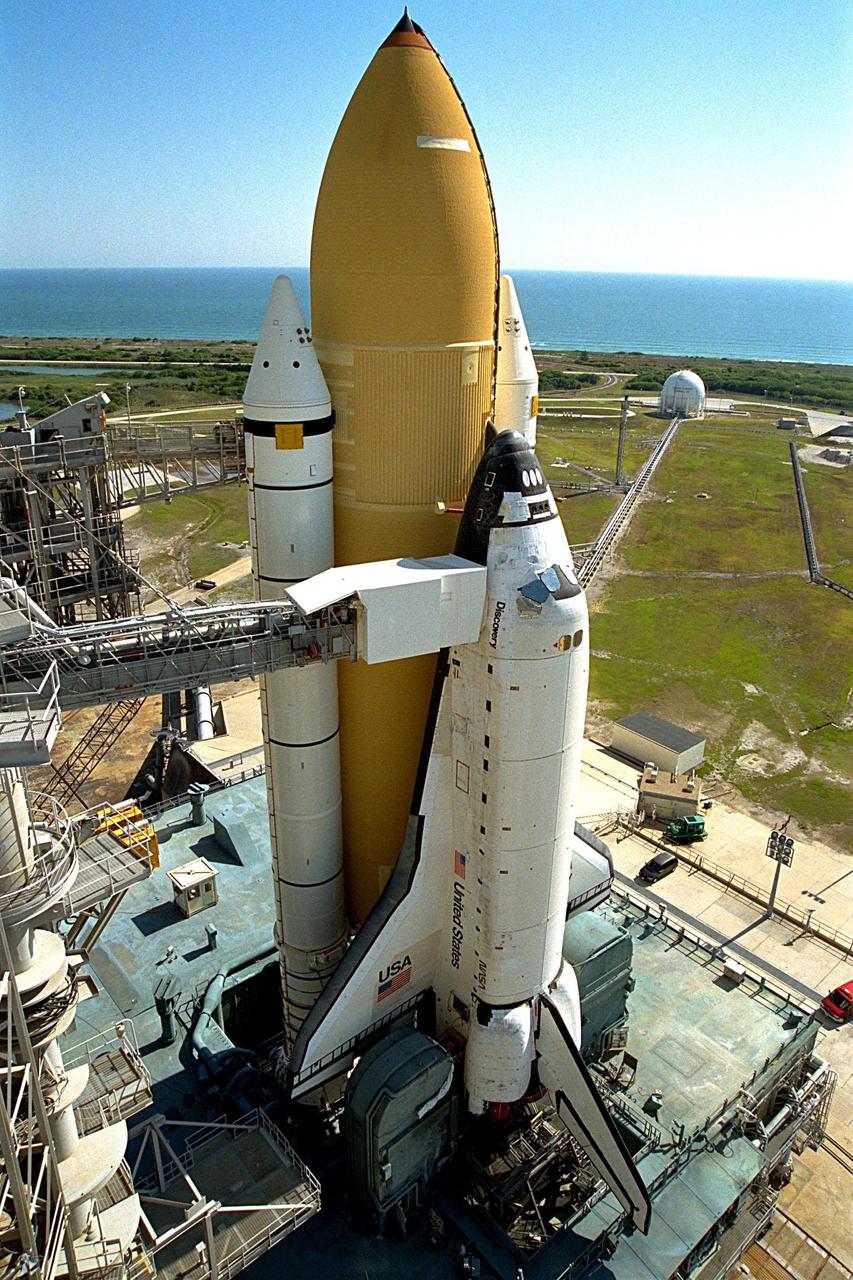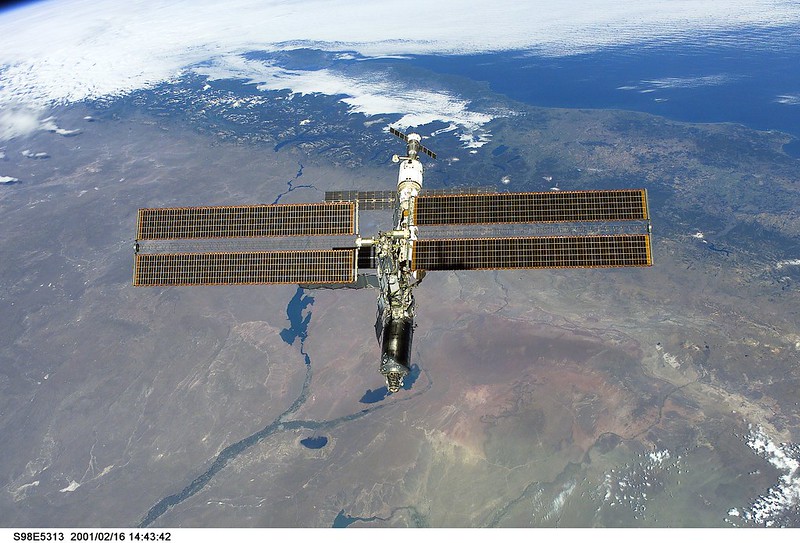STS-98 Fact Sheet
By Cliff Lethbridge

STS-98 – Atlantis
102nd Space Shuttle Mission
23rd Flight of Atlantis
Crew:
Ken Cockrell, Commander
Mark Polansky, Pilot
Robert Curbeam, Mission Specialist
Thomas Jones, Mission Specialist
Marsha Ivins, Mission Specialist
Orbiter Preparations:
Tow to Orbiter Processing Facility – May 29, 2000
Rollover to Vehicle Assembly Building – December 4, 2000
Rollout to Launch Pad 39A – January 3, 2001
Rollback to Vehicle Assembly Building – January 19, 2001
Rollout to Launch Pad 39A – January 26, 2001
Launch:
February 7, 2001 – 6:13 p.m. EST. Launch was originally scheduled for January 19, 2001 but was delayed due to uncertainty over Solid Rocket Booster cables. Tests were performed in the Vehicle Assembly Building and launch was rescheduled for February 7, 2001. Launch was delayed 1 minute 14 seconds to resolve electrical current indications recorded in ground telemetry.
Landing:
February 20, 2001 – 3:33 p.m. EST at Runway 22, Edwards Air Force Base, California. Rollout time was 57 seconds. Mission duration was 12 days, 20 hours, 20 minutes, 4 seconds. Landing occurred during the 203rd orbit. Mission was extended three days due to bad weather at the Kennedy Space Center.
Mission Summary:
After docking to the International Space Station (ISS) on Flight Day 2, Station and Shuttle crews opened hatches and unloaded supplies from the Shuttle to ISS. On February 10, the U.S.-made Destiny module was successfully attached to ISS using the Shuttle’s Remote Manipulator System (RMS). There were three spacewalks during the mission.
The first spacewalk was conducted on February 10 and lasted 7 hours, 34 minutes. Astronauts Curbeam and Jones connected electrical and data cables and cooling lines. While Curbeam was attaching a cooling line, a small amount of frozen ammonia crystals leaked. The leak was successfully stopped very quickly and the ammonia dissipated, posing no hazard to the spacewalkers. Decontamination measures were taken, however, as a precaution. Astronaut Curbeam stayed in the sun a half-hour to vaporize any crystals on his spacesuit as astronaut Jones brushed off the spacesuit and equipment. The spacewalkers performed a partial pressurization and venting of the Shuttle airlock prior to repressurization, and astronauts aboard the Shuttle wore oxygen masks for 20 minutes as a precaution.
The second spacewalk was conducted on February 12 and lasted 6 hours, 50 minutes. Astronauts Curbeam and Jones first moved to Pressurized Mating Adapter-2 (PMA-2) which was parked on the Z1 Truss. The astronauts guided PMA-2 to its permanent position at the end of the Destiny module. The astronauts also installed insulating covers over the pins that held Destiny securely inside the Shuttle’s Payload Bay, attached a vent to Destiny’s air system, and installed wires, handrails and sockets to the exterior of Destiny to be used by future spacewalkers. The astronauts connected several computer and electrical cables between PMA-2 and Destiny and unveiled Destiny’s window and attached an exterior shutter, and repositioned a moveable foot platform.
The third spacewalk was conducted on February 14 and lasted 5 hours, 25 minutes. Astronauts Curbeam and Jones attached a spare communications antenna to the ISS exterior, double checked connections between PMA-2 and Destiny, released a cooling radiator on ISS, inspected solar array connections at the top of ISS and tested the ability of a spacewalker to carry an immobile crew member back to the Shuttle’s airlock.
About 3,000 pounds of supplies and equipment were transferred from the Shuttle to ISS, and about 850 pounds of trash were transferred from ISS to the Shuttle.
SELECTED NASA PHOTOS FROM STS-98
